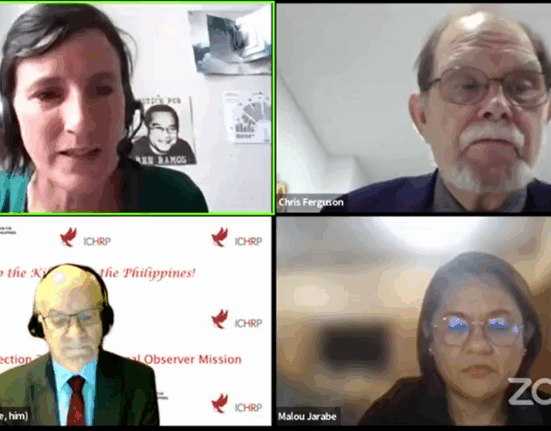A viral video of Chinese paraglider Peng Yujiang has taken the world by storm, but what lies beneath the surface is a tale of artificial intelligence manipulation. The footage, showcasing Peng Yujiang with his face covered in ice after allegedly being sucked into the upper atmosphere while paragliding in China, has sparked widespread coverage and debate among experts.
Experts have raised concerns about the increasing sophistication of generative artificial intelligence technology, making it challenging to distinguish between authentic and altered content. This presents a significant hurdle for media organizations striving to deliver accurate news promptly.
Associate Professor Abhinav Dhall from Monash University highlighted the complexities involved in identifying manipulated videos like this one. He pointed out that due to factors such as low-quality footage, distinguishing between real and fake elements becomes a daunting task. As he observed,
“It’s difficult to figure out if it’s real or fake.”
Dr. Dhall also noted specific details within the video that hinted at potential manipulations. For instance, he mentioned how certain aspects like the appearance of clouds in the background seemed suspiciously unreal, resembling more of a 2D image rather than genuine scenery.
RMIT researcher TJ Thomson echoed these sentiments by emphasizing the subtleties often overlooked upon initial viewing but become apparent upon closer inspection. He remarked on nuances like changes in colors or inconsistencies in visual elements throughout the footage, shedding light on possible alterations made through AI technology.
Despite these revelations, there remains speculation surrounding whether Peng Yujiang truly achieved the remarkable height claimed in the video. Drawing parallels to other extreme paragliding incidents like Ewa Wisnierska’s ascent nearly 10,000 meters above NSW during a storm front in 2007 lends credence to such feats being plausible yet subject to digital manipulation for dramatic effect.
The case of Peng Yujiang underscores broader concerns about generative AI’s impact on journalism and information dissemination. With an overwhelming influx of user-generated content online daily, journalists face mounting challenges verifying authenticity amid rampant misinformation and disinformation campaigns facilitated by advanced technologies.
Erin Madeley from Australia’s journalist union emphasized the urgent need for regulatory frameworks governing AI usage to safeguard against deepfakes and uphold journalistic integrity. The evolving landscape necessitates collaboration between industry stakeholders and policymakers to address emerging threats posed by AI-driven manipulations effectively.
As Dr. Dhall aptly summarized, we are witnessing a monumental shift in how data is reshaped creatively through AI interventions—a transformative era demanding heightened vigilance and collaborative efforts towards combating deceptive practices within digital media realms.
In essence, Peng Yujiang’s enigmatic journey encapsulates not only a mesmerizing spectacle but also serves as a cautionary tale illuminating the intricate interplay between technological advancements and ethical implications shaping our modern information ecosystem.









Leave feedback about this